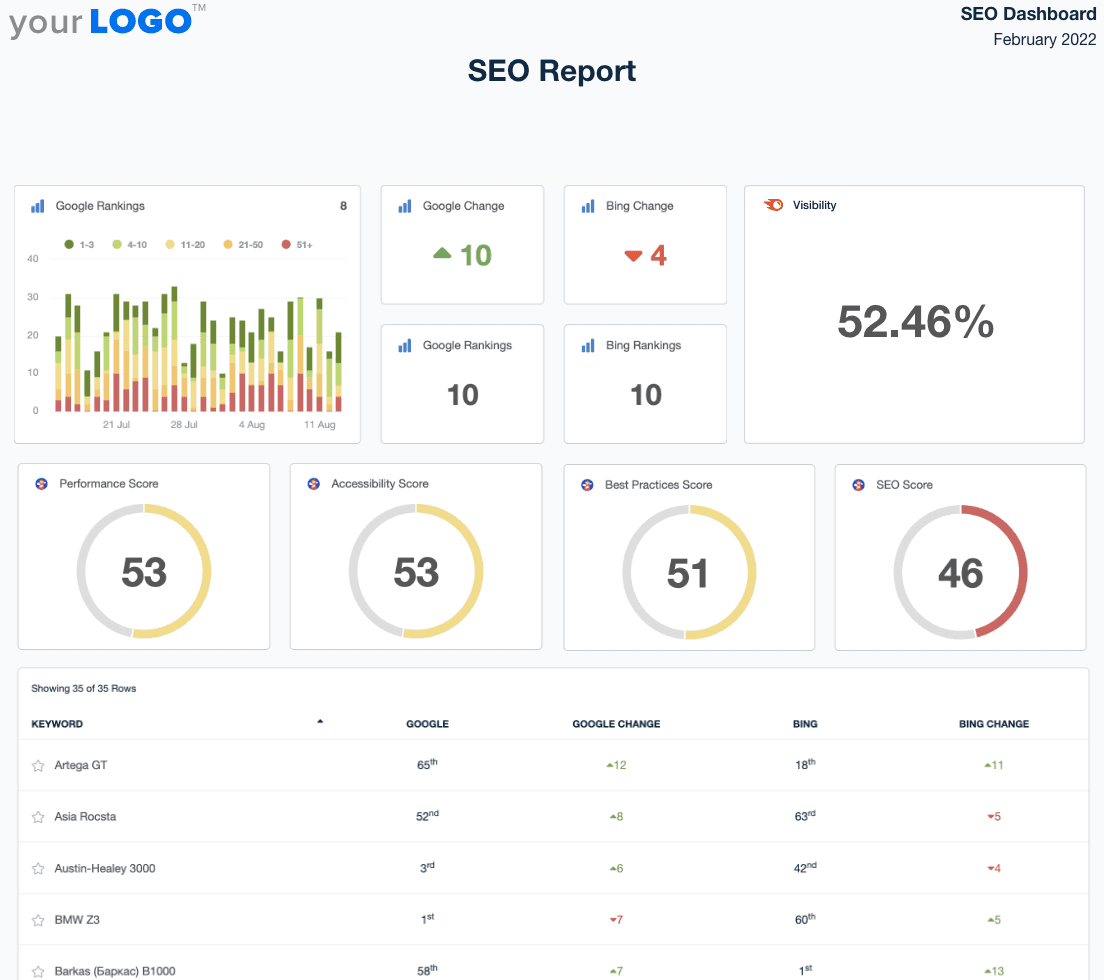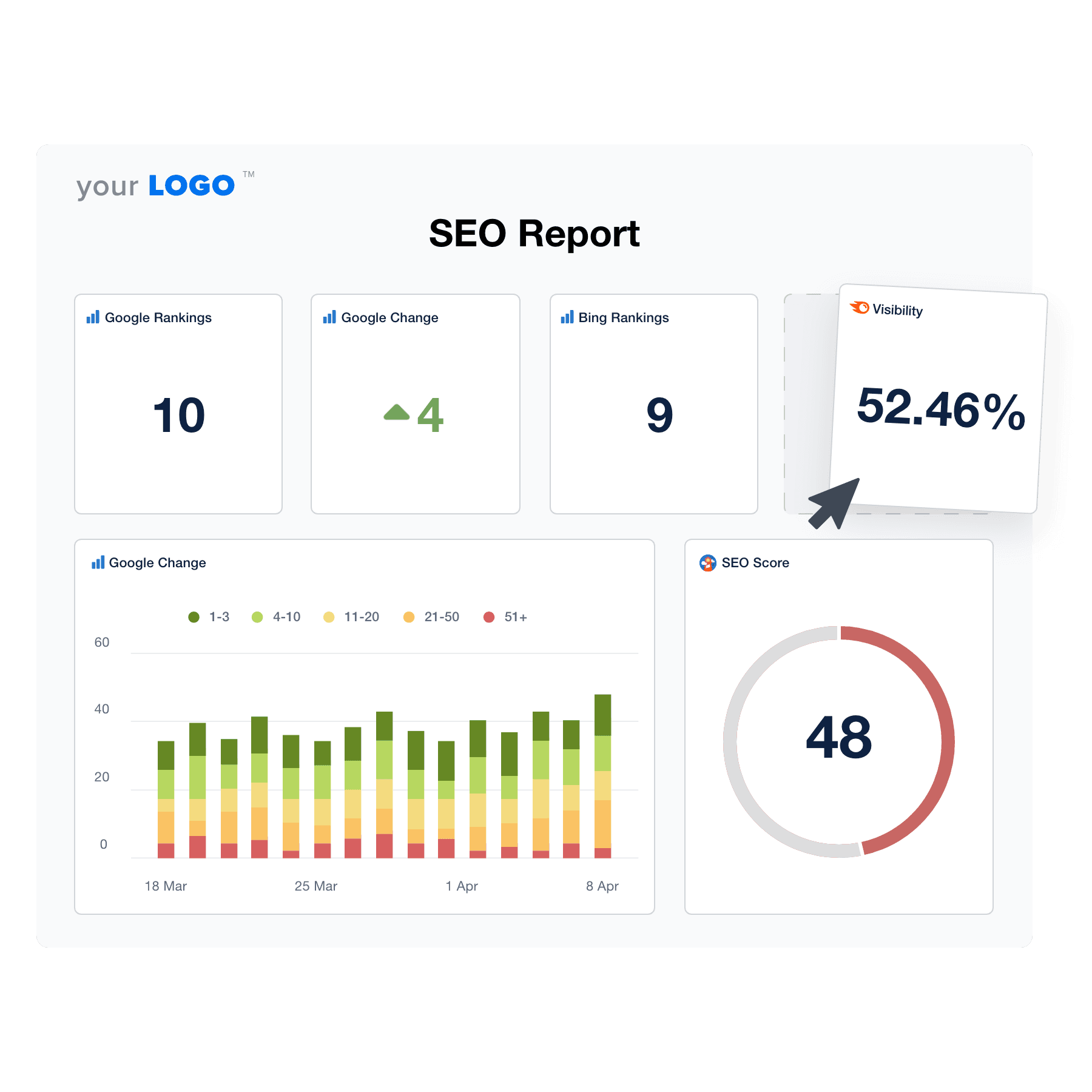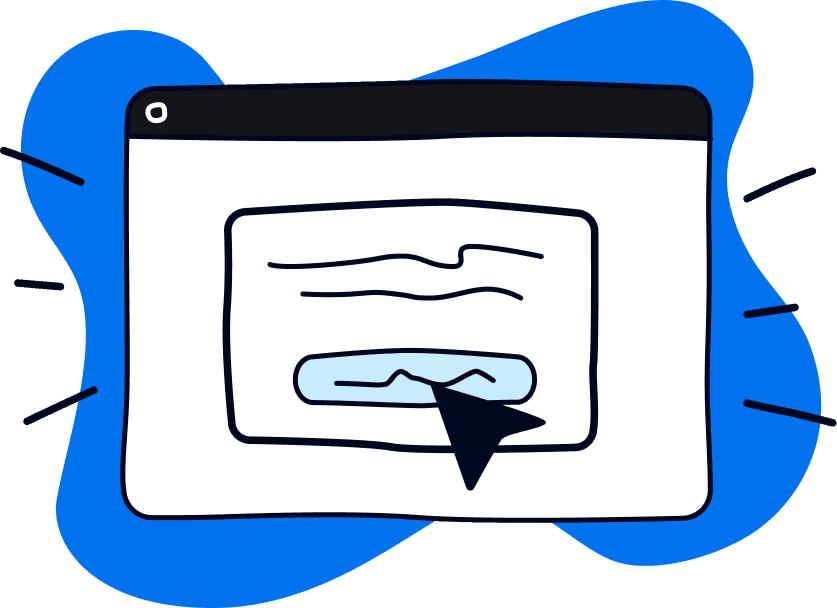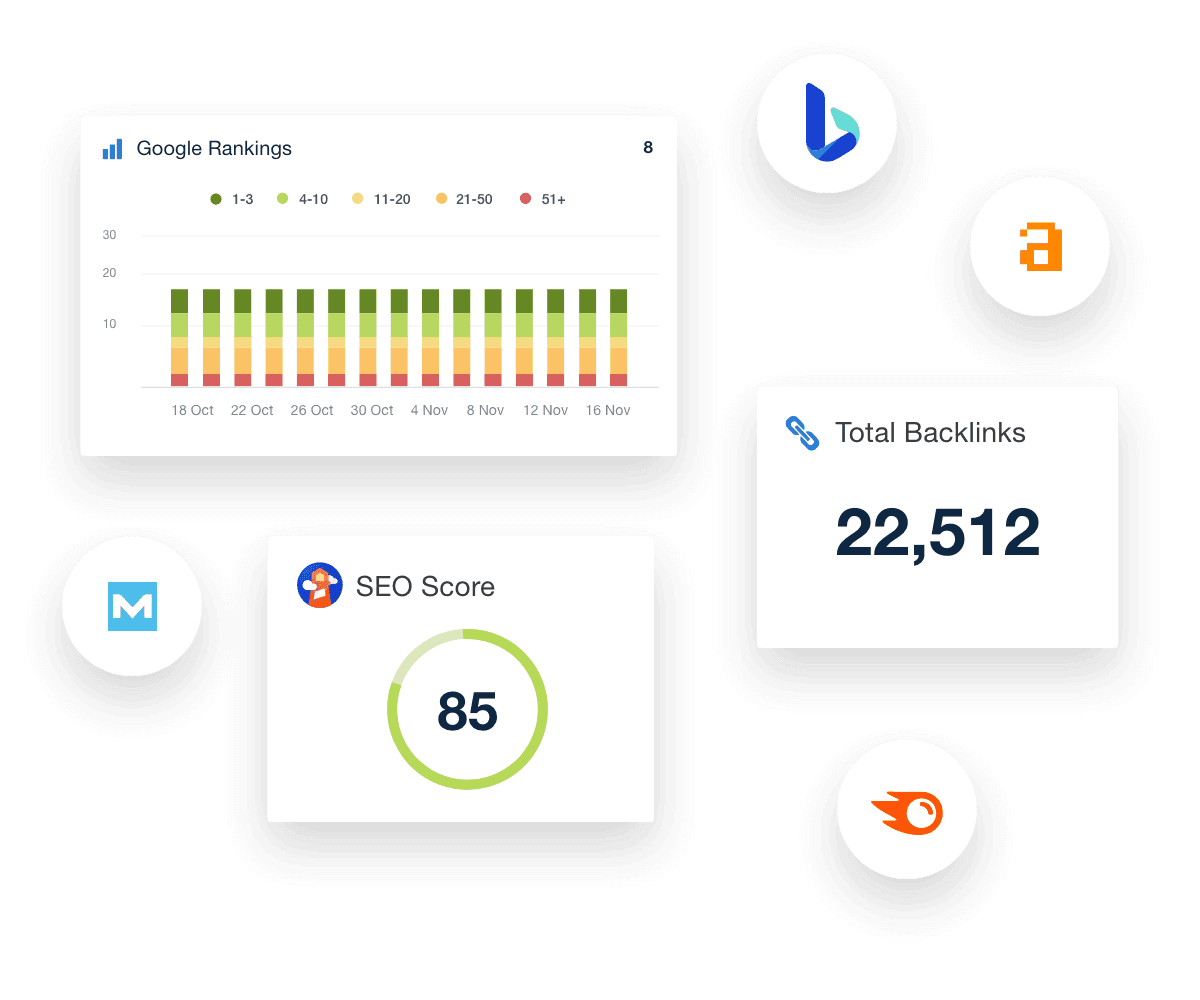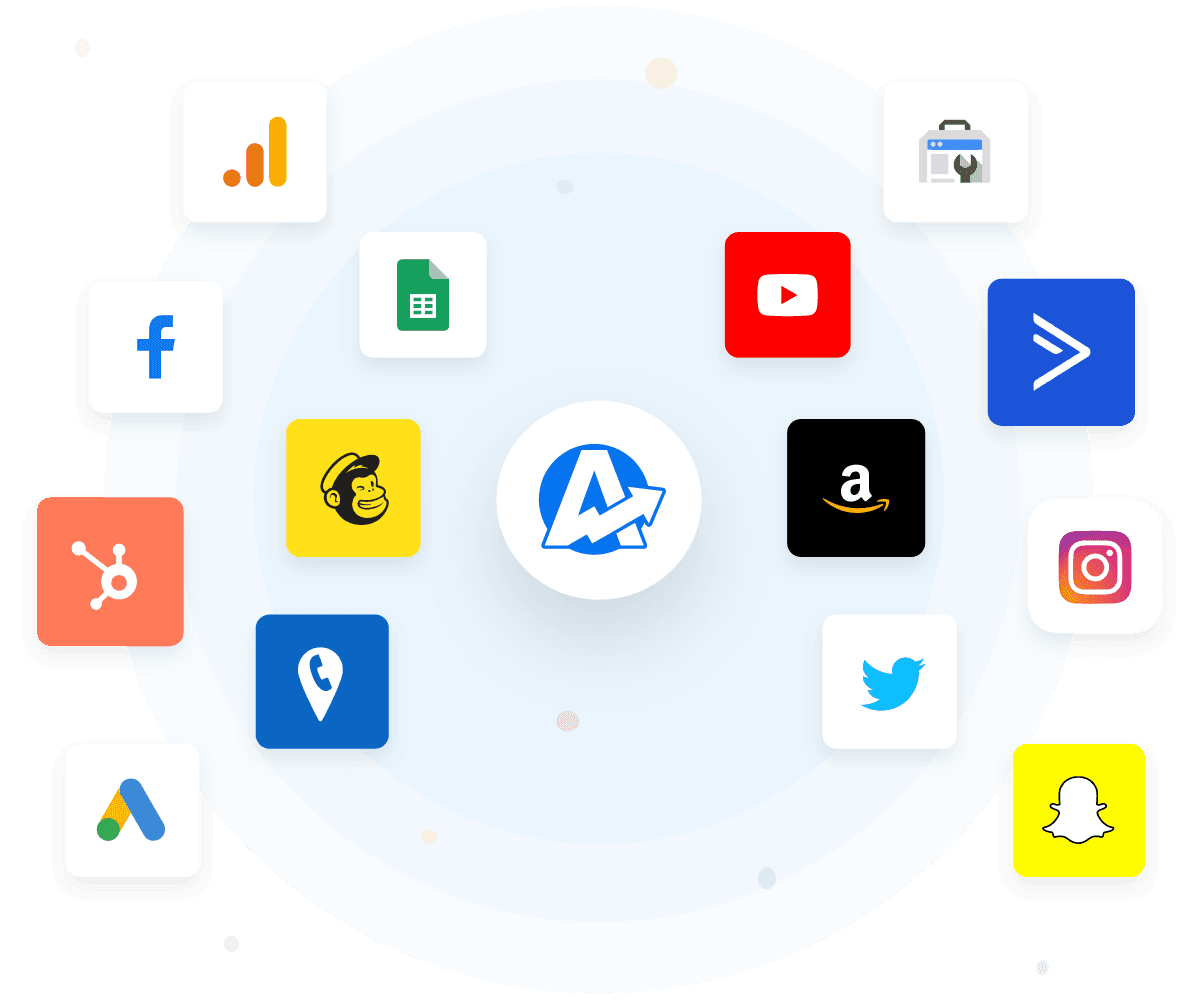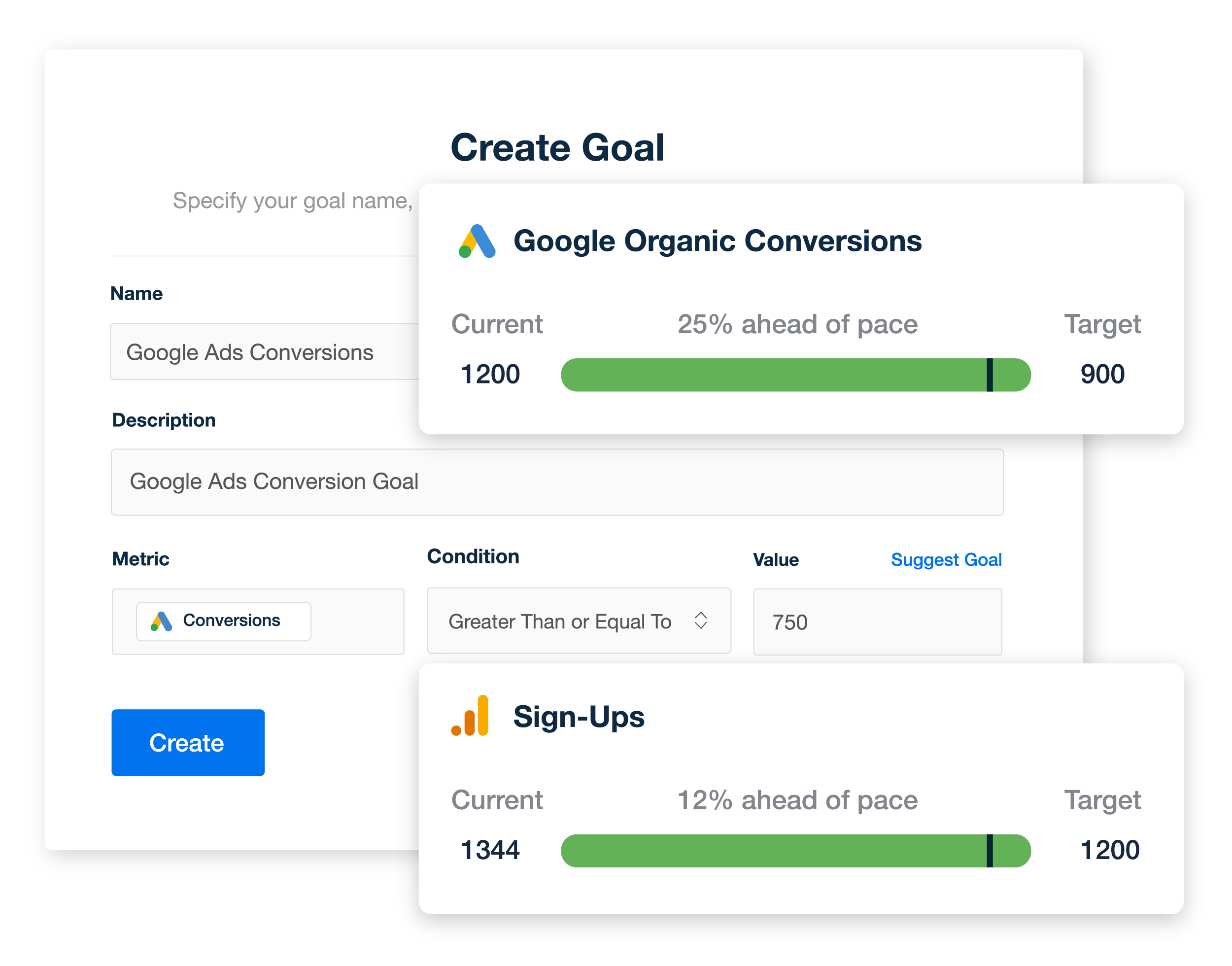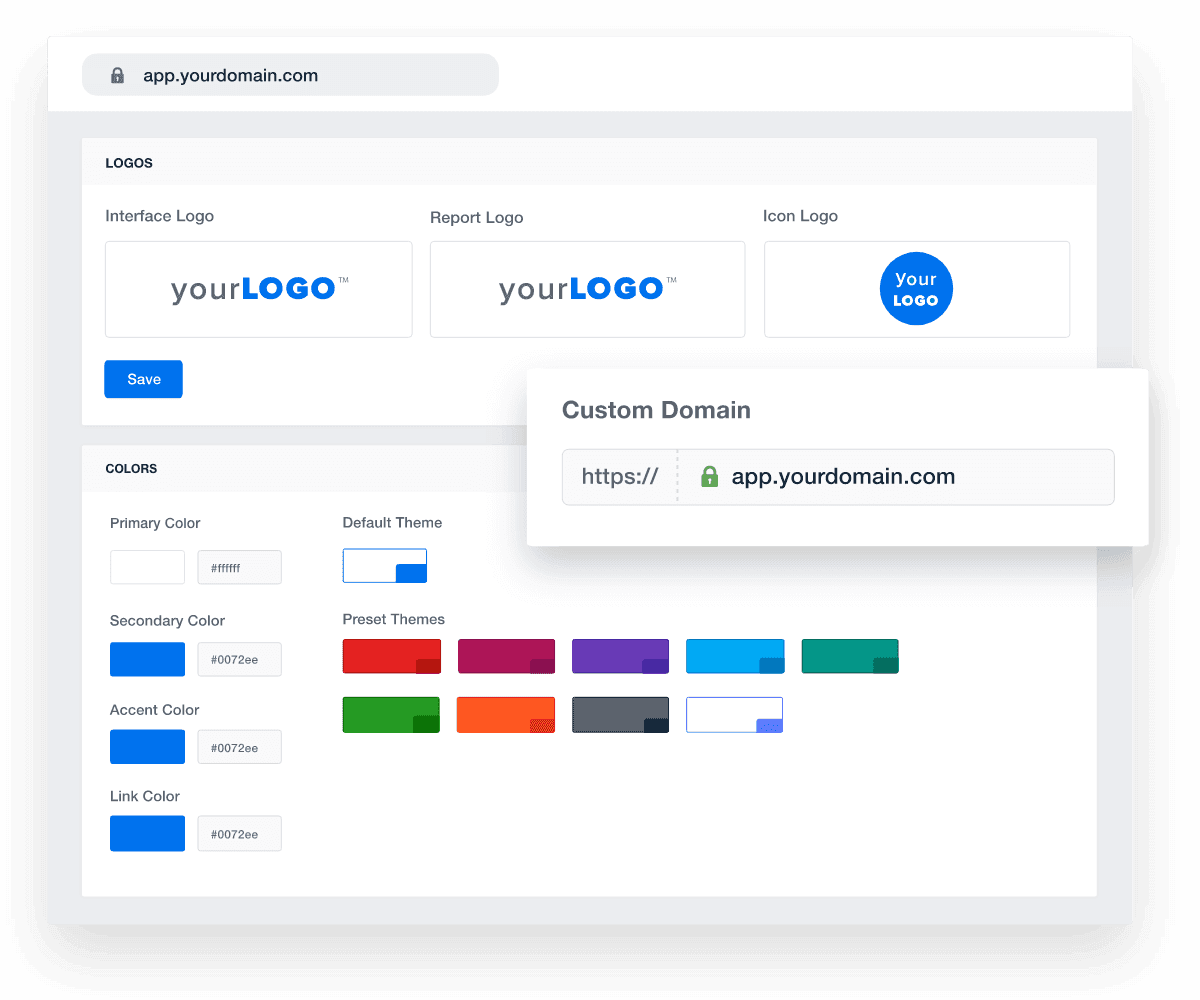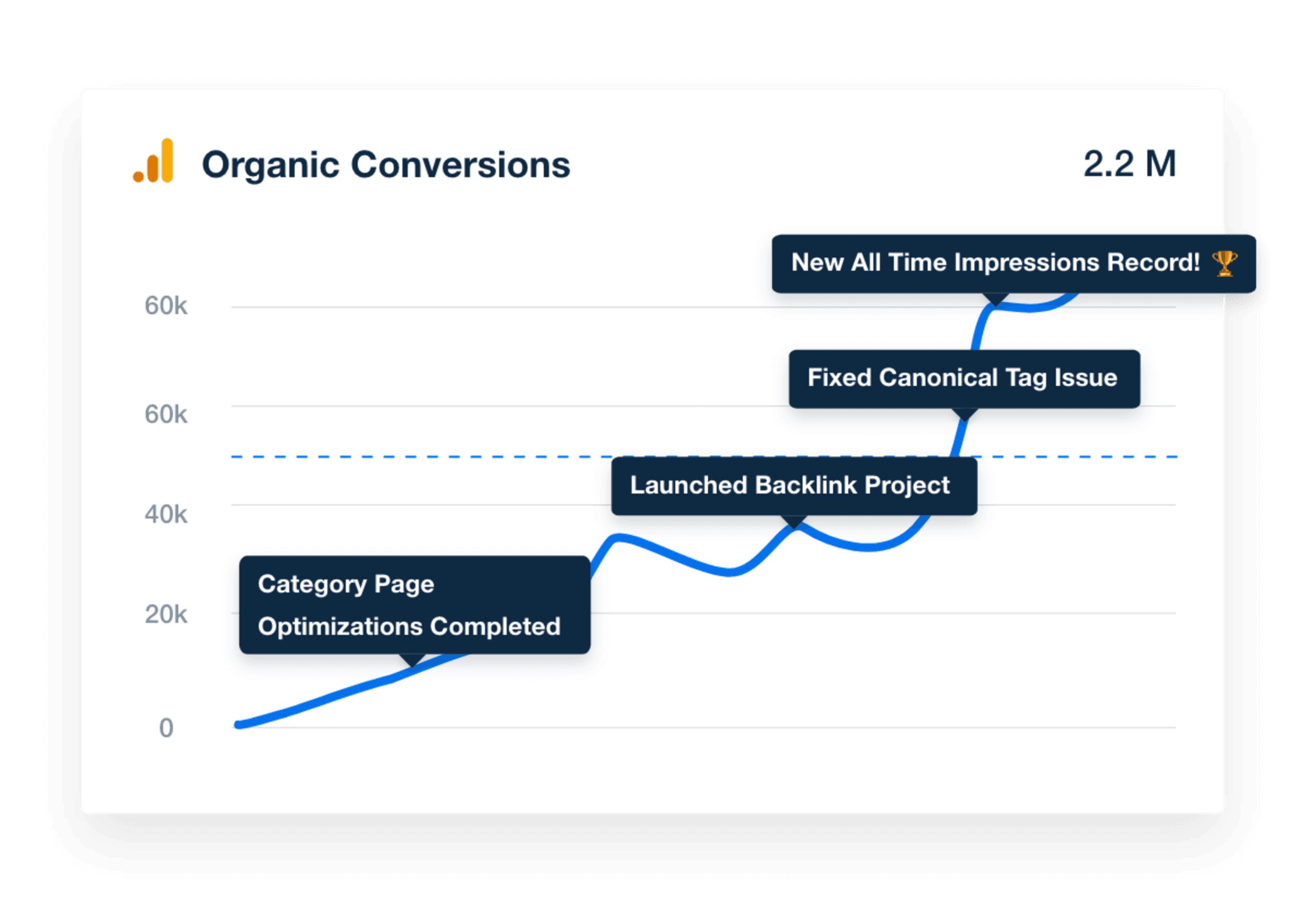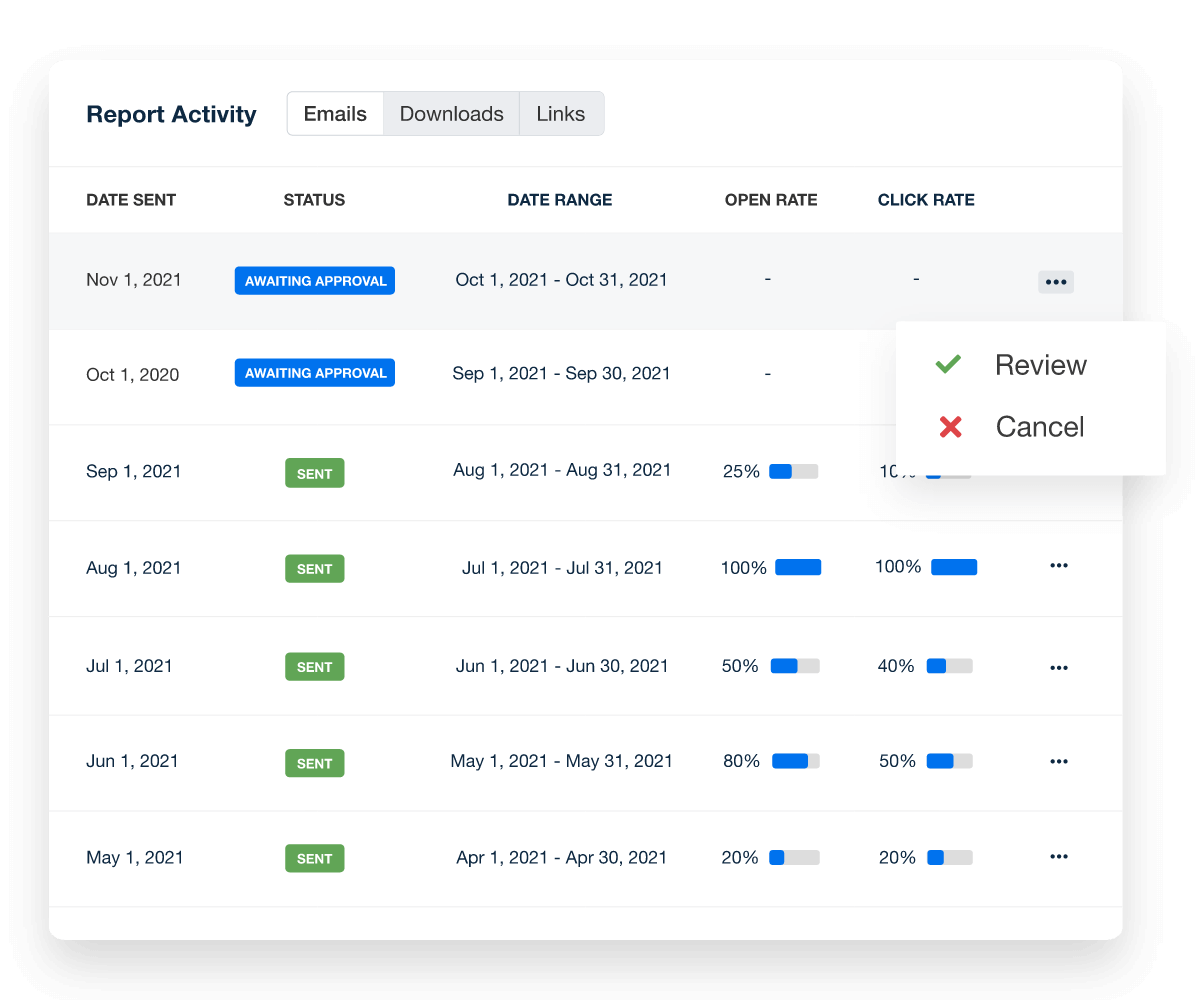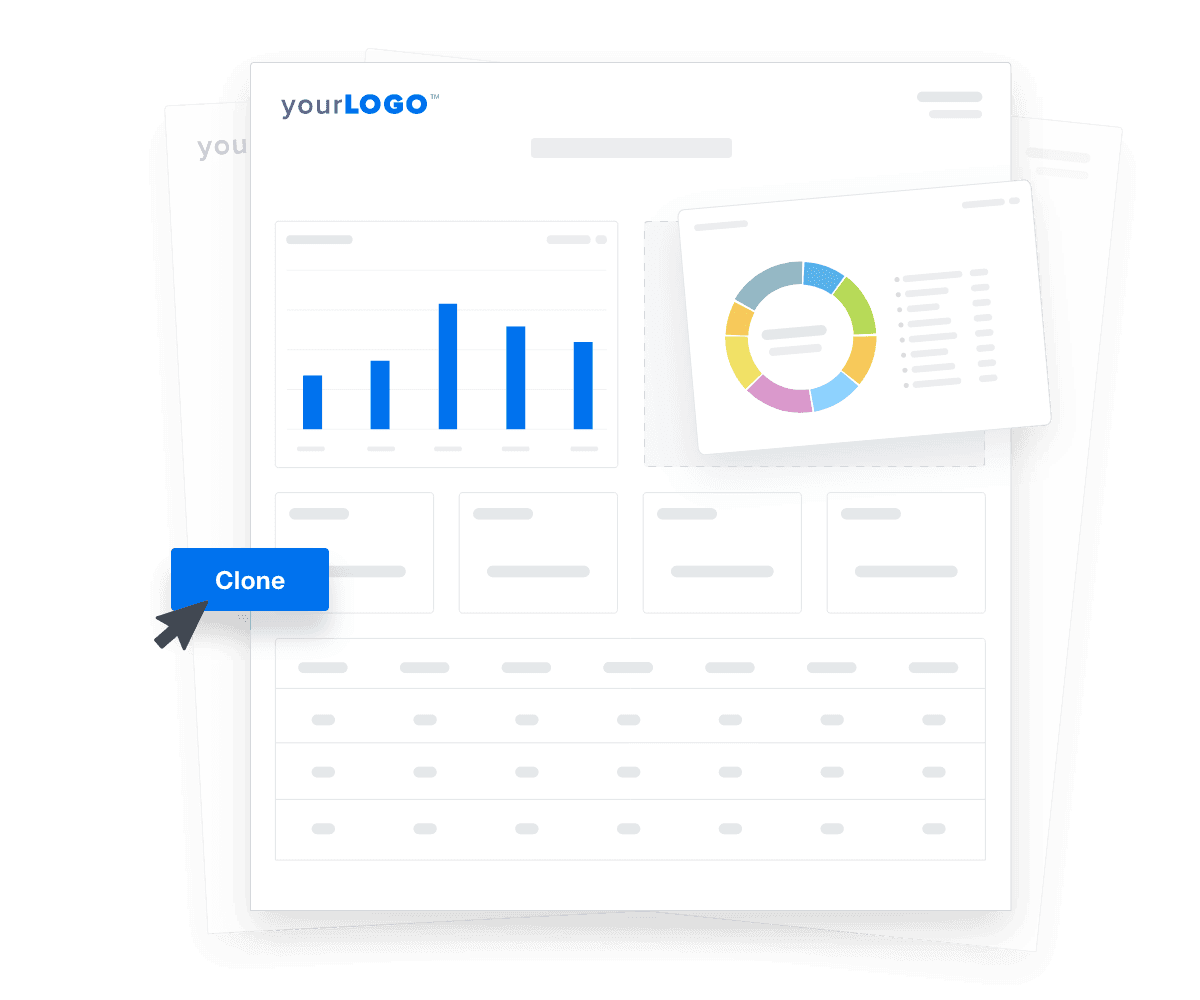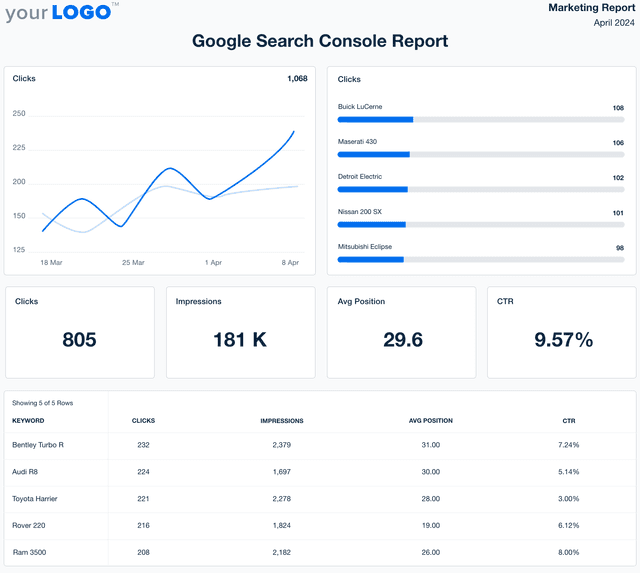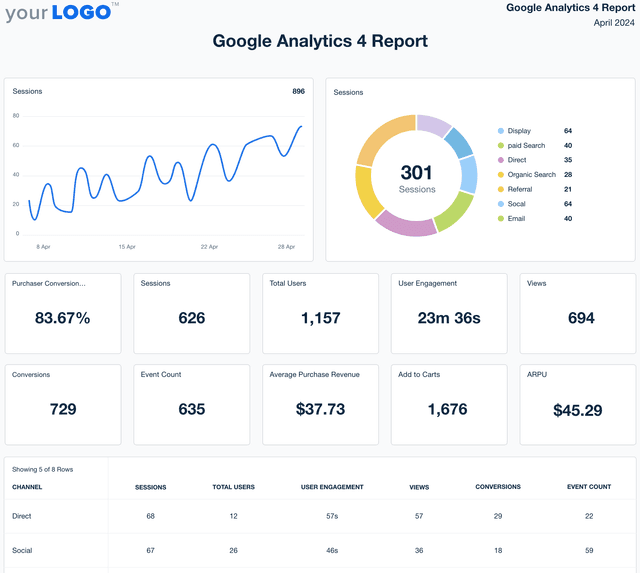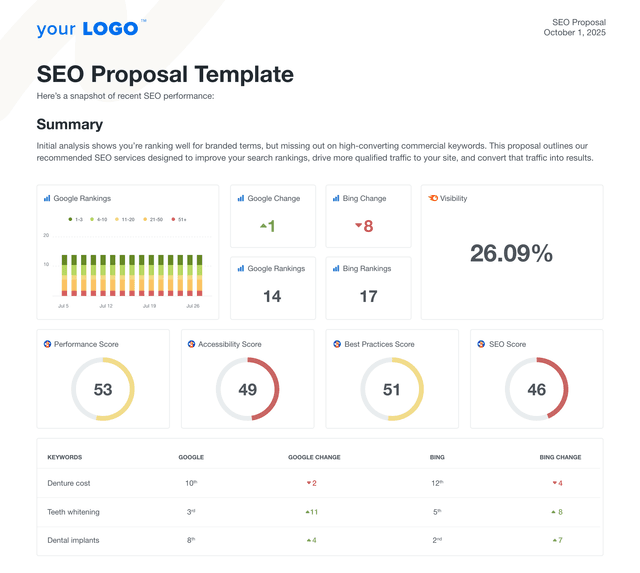The Last SEO Report Template You Will Ever Need
Customizable SEO Reports for Agencies, Freelancers and Marketers
Show clients exactly how your SEO efforts drive real results. Fully customizable SEO reports turn rankings, backlinks, and technical SEO insights into clear, client-ready insights—no manual work required.
Apply your agency’s branding, highlight what matters most, and automate updates from 80 platform integrations. Build trust, improve retention, and spend more time growing your clients’ search visibility instead of building monthly reports.
Custom SEO Reports as Unique as Your Agency
Put Your SEO Reporting on Autopilot
As an SEO expert, you need to spend more time executing SEO campaigns and less time creating SEO reports. Use your customizable SEO dashboard as a starting point to effortlessly build and schedule automated marketing reports.
The visual-first format turns complex SEO data into an easy-to-understand presentation your SEO clients will appreciate.
10 Key Sections Included in the SEO Report Template
Crafting an SEO report that effectively leverages Google Analytics data and critical SEO KPIs is key to understanding a website's standing on search engines. A well-structured SEO report showcases the achievements of your agency's SEO tactics and ranking progress, and also pinpoint areas for enhancements.
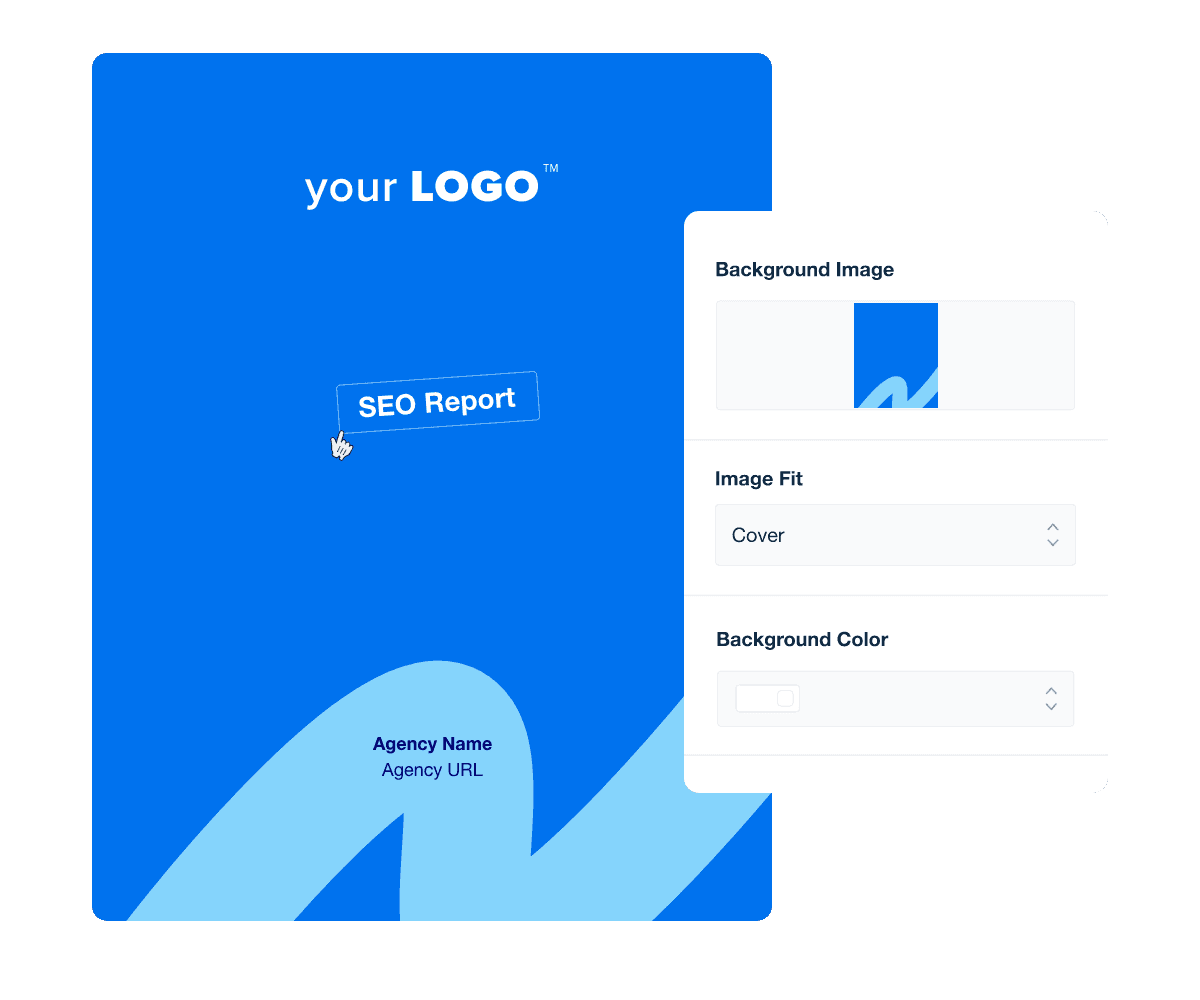
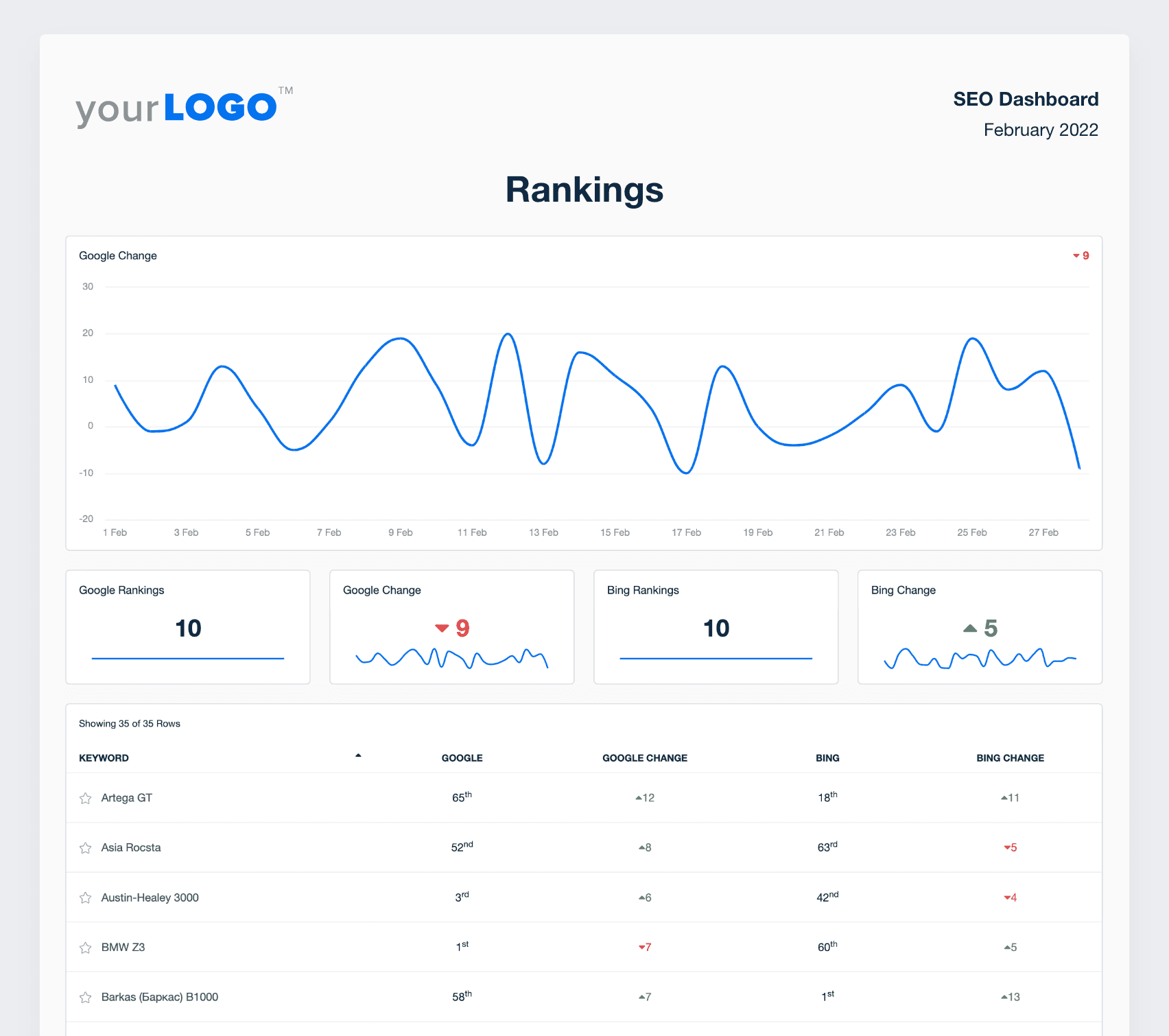
FAQs About SEO Report Templates
Still have questions about SEO reporting best practices, including report templates? Don’t worry... we’ve got you covered!
